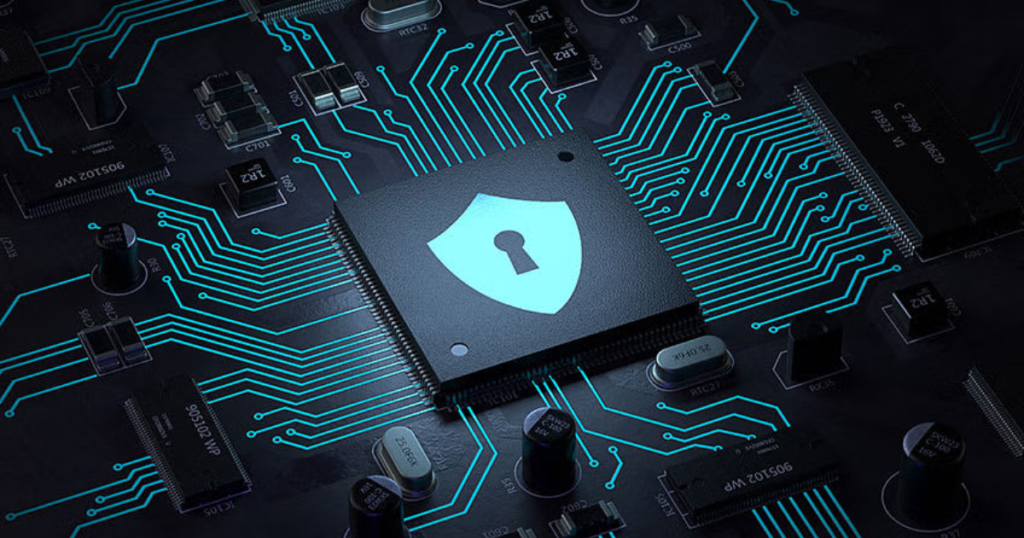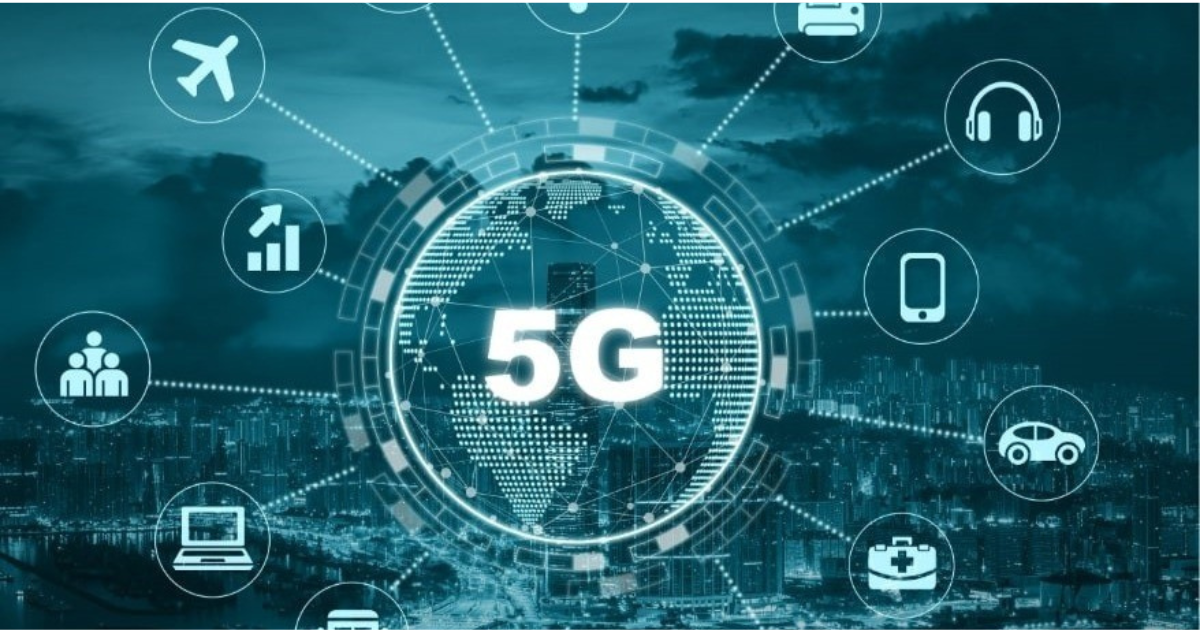The deployment of 5G networks marks a new era in connectivity, offering unprecedented speed, lower latency, and greater device capacity. However, as 5G technology becomes widespread, it also introduces new security challenges that could expose users, businesses, and governments to cyber threats. With more devices connected than ever before, ensuring robust security measures is crucial to protecting the integrity of 5G networks. This article explores the key security challenges of 5G networks and the strategies to safeguard them against cyber risks.
Understanding 5G Network Security
1. What is 5G Technology?
5G, or the fifth-generation wireless network, is the latest advancement in mobile connectivity, offering faster data speeds, enhanced network capacity, and improved reliability. It enables new technologies such as the Internet of Things (IoT), autonomous vehicles, and smart cities to thrive.
2. Why is 5G Security Important?
With 5G supporting a larger number of connected devices and critical infrastructure, security risks increase exponentially. Cybercriminals can exploit vulnerabilities in the network to launch attacks, compromising data integrity, privacy, and national security.
Key Security Challenges in 5G Networks
1. Increased Attack Surface
The expansion of connected devices and IoT endpoints means a larger attack surface for cybercriminals to exploit. A single vulnerable device can serve as an entry point for attackers to infiltrate entire networks.
2. Network Slicing Vulnerabilities
5G introduces network slicing, which allows operators to create multiple virtual networks on a single physical infrastructure. While this enhances efficiency, it also creates new security risks, as a breach in one slice can potentially affect others.
3. Supply Chain Risks
5G infrastructure relies on hardware and software from multiple vendors worldwide. If any component in the supply chain is compromised, it can introduce security risks that affect the entire network.
4. Edge Computing Security Risks

5G supports edge computing, which processes data closer to the user rather than in centralized cloud servers. While this reduces latency, it also increases security risks, as edge devices may have weaker security measures compared to centralized systems.
5. Increased DDoS Attacks
With 5G enabling a greater number of connected devices, Distributed Denial of Service (DDoS) attacks can become more severe, overwhelming networks and disrupting services.
6. Threats to Critical Infrastructure
5G technology supports essential services such as healthcare, energy, and transportation. A security breach in any of these sectors can have catastrophic consequences.
Strategies for Securing 5G Networks
1. Implementing Strong Encryption and Authentication
Encryption ensures data confidentiality and prevents unauthorized access. Strong authentication mechanisms, such as multi-factor authentication (MFA), help secure network access.
2. Securing Network Slicing
Each network slice must have independent security controls to prevent cross-slice attacks. Operators should implement strict access controls and continuous monitoring to detect anomalies.
3. Strengthening Supply Chain Security
Governments and network operators must ensure that hardware and software vendors comply with strict security standards. Regular security audits and vendor risk assessments are essential to maintaining a secure supply chain.
4. Enhancing Edge Security
Deploying firewalls, intrusion detection systems, and encryption at edge computing nodes can help protect data from cyber threats. Regular updates and patches must be applied to edge devices.
5. Implementing AI-Driven Threat Detection
Artificial intelligence (AI) and machine learning (ML) can be used to detect and respond to cyber threats in real-time. AI-driven security systems analyze network traffic and identify suspicious activity before it escalates into an attack.
6. Improving DDoS Mitigation Strategies
5G networks must implement advanced DDoS protection mechanisms such as traffic filtering, rate limiting, and anomaly detection to prevent large-scale cyberattacks.
7. Government and Regulatory Compliance
Regulatory bodies must establish stringent cybersecurity policies and frameworks for 5G networks. Compliance with international security standards such as the NIST Cybersecurity Framework and GDPR ensures enhanced security.
The Future of 5G Network Security
1. Quantum Cryptography for 5G Security

As quantum computing advances, traditional encryption methods may become obsolete. Quantum cryptography offers an ultra-secure method of encrypting 5G communications, making it resistant to cyber threats.
2. AI and Automation in Cybersecurity
AI-driven cybersecurity solutions will play a crucial role in 5G security by automating threat detection, incident response, and anomaly detection.
3. Secure 6G Development
Even as 5G security challenges are being addressed, research into 6G technology is already underway. Cybersecurity will remain a top priority in the next generation of connectivity.
4. Zero Trust Architecture (ZTA) for 5G Networks
The adoption of Zero Trust principles, where no device or user is automatically trusted, will be a key strategy in securing 5G networks. Continuous authentication and strict access control policies will become standard.
Also Read: Biometric Authentication Security: The Future Of Digital Identity Protection
Conclusion
5G technology is revolutionizing connectivity, enabling innovations in various industries. However, with increased connectivity comes heightened security risks. Cybercriminals are continuously evolving their tactics, making it crucial to implement robust security measures for 5G networks. By adopting encryption, AI-driven threat detection, supply chain security, and government regulations, we can protect the next generation of connectivity from cyber threats. As technology advances, continuous research and innovation in 5G security will be essential to ensure safe and reliable digital experiences.
FAQs
1. How does 5G improve security compared to previous networks?
5G includes enhanced encryption, better authentication mechanisms, and advanced network slicing capabilities, making it more secure than previous generations. However, it also introduces new vulnerabilities that require strong security measures.
2. What are the biggest cybersecurity threats to 5G networks?
The biggest threats include increased attack surfaces, supply chain vulnerabilities, DDoS attacks, edge computing risks, and network slicing security flaws.
3. How can AI help in securing 5G networks?
AI can detect and respond to cyber threats in real-time by analyzing network traffic, identifying anomalies, and automating security processes to prevent attacks.
4. What role does the government play in 5G security?
Governments establish cybersecurity regulations, conduct risk assessments, and work with private sectors to ensure that 5G networks meet security standards.
5. Will 5G networks require new cybersecurity solutions?
Yes, 5G networks require advanced security measures such as AI-driven threat detection, quantum encryption, and Zero Trust Architecture to address emerging cyber risks.

